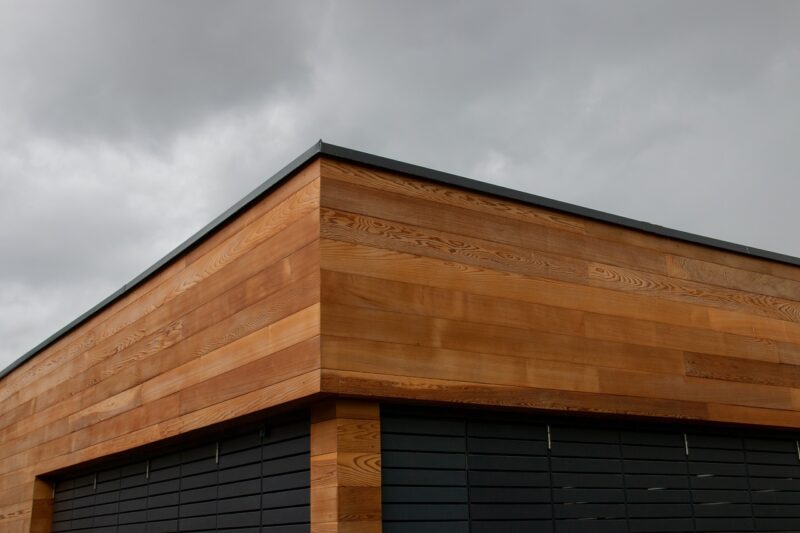Published: 14/11/24 By: Mike Bekin
From the heat of the summer to the damp chill of winter, the year can bring a variety of challenges for your timber. Like all natural materials, it can need a little maintenance to stay looking its best. This also helps with longevity, giving your timber cladding the chance to last a lifetime (or in some cases, longer!).
Whether you have a naturally durable species such as Cedar or a modified species such as Thermowood, all timber cladding should still be looked after to ensure the best performance in differing conditions.
To learn more about how to look after your timber as the seasons change, we have put together our top tips. Let’s dive in!
Understand How Timber Can Change With the Seasons
Different weather can create different problems for timber cladding, all of which can be avoided with some preventative maintenance. In particular pay attention to issues with temperature fluctuations and humidity.
- Higher humidity and damp weather can cause your timber to swell and warp.
- High heat and low humidity can cause your timber to dry out, shrink and potentially crack.
It is important to be aware of ice, too. When water freezes on your timber, it expands which can cause small holes or splits to become larger problems.
Protecting Your Timber During Wetter Seasons
Autumn and winter are known for bringing harsher, wet weather, which is not ideal for untreated timber. To prevent problems (e.g. rot and mould) and look after your cladding, we recommend following these tips:
- Ensure proper drainage – Before Autumn arrives, make sure that your drainage systems are working properly, with water running away from the timber. There should also be sufficient space between the bottom boards and the ground to prevent the lower timber from sitting in puddles, and any soil or debris should be removed.
- Check for gaps and cracks – Be sure there are no areas of your timber boards where water can seep in, including small splits or gaps. If you do spot an area, fill it with a waterproof sealant or carry out repairs.
- Add a protective finish – Refresh existing waterproof finishes or add a coat (or two) to untreated timber cladding boards. This essentially creates a protective, water-resistant layer around your cladding. You can also use timber oils and stains to help prevent water from soaking into the timber.
Dealing With The Summer Sun
Winter is all about managing moisture but in the spring and summer, your focus should switch to the sun. Strong UV rays can dry out timber, leading to cracks and splitting, as well as fading the colour of your boards. While some people love that natural, grey-weathered look of untreated timber, it is not for everyone.
Luckily, a quick application of a UV-protective stain or finish will keep your colour safe from the sun. Oiling your timber helps replenish the natural oils in the wood, preventing it from becoming too brittle in the hot weather.
Clearing Autumn Leaves
During the autumnal months, another potential worry to be aware of is the build-up of leaves. Though these are not as much of an issue with cladding as with timber decking because of the vertical position of your boards, it is good to keep an eye out
Damp leaves can get stuck to the tops of your boards or where there are overhangs, and leaving them to rot could affect the integrity of your timber. Clear them away before they become a problem for strong, smart timber cladding which lasts.
Learn More at EcoChoice
Ready to learn more about maintaining your timber products? Be sure to check out all our articles on the EcoChoice blog for plenty of helpful tips and tricks to keep your timber looking its best.
Tags: Maintenance, timber cladding
Categories: Insights
